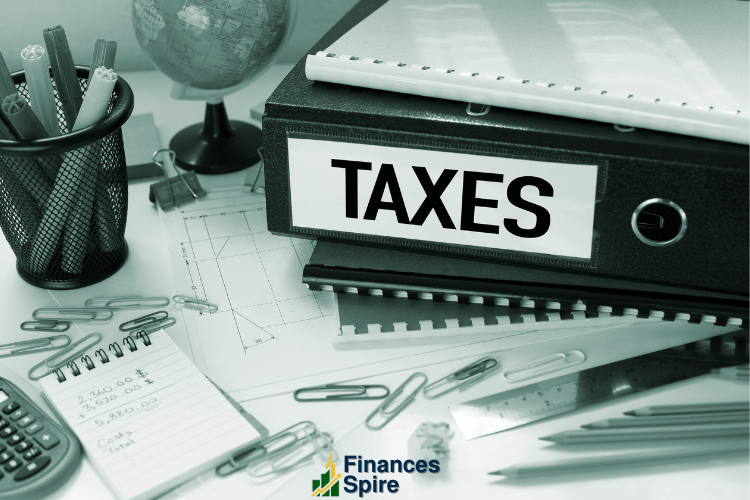3 Zakat Calculation Mistakes You Might Be Making in 2025
In 2025, zakat compliance has become a key focus for business owners, professionals, and investors across Saudi Arabia. As the Zakat, Tax, and Customs Authority (ZATCA) strengthens digital audits and enforcement, errors in your zakat calculation could result in serious fines, delays, or reputational harm.
This article outlines three common zakat calculation mistakes and how to avoid them. Whether you’re using spreadsheets or ERP systems, these tips will help you stay compliant, efficient, and confident.
Mistake #1: Deducting All Liabilities — Including Long-Term Ones
Not all liabilities reduce your zakat base. ZATCA allows only short-term liabilities—those due within the next 12 months—to be deducted.
What You Can Deduct:
- Accounts payable
- Accrued salaries
- Outstanding invoices
- Short-term provisions
What You Cannot Deduct:
- Long-term loans (12+ months)
- Deferred tax liabilities
- Lease liabilities due beyond 1 year
Tip: Tag and segment liabilities in your ERP by maturity date to avoid deduction errors.
Mistake #2: Including Non-Productive Assets in the Zakat Base
Zakat applies only to productive assets—those used in operations or for generating income. Including idle or non-operating assets inflates your zakat base.
Common Non-Productive Assets to Exclude:
- Vacant land held for future development
- Construction in progress (CIP)
- Idle machinery or assets under repair
- Spare parts not for resale
Quick Check: Is this asset producing income or in daily operational use? If not, it likely doesn’t qualify.
Mistake #3: Using Book Values Instead of Market or NRV
Zakat should be based on fair market value (FMV) or net realizable value (NRV), not historical book values.
Correct Valuation Practices:
- Inventory: Use NRV minus discounts/returns
- Receivables: Deduct doubtful debts
- Public stocks: Use market value on zakat date
- Private assets: Get a recent fair value assessment
Pro Tip: Update valuation methods yearly and sync them with your ERP or accounting software.
Automate Zakat to Avoid Risk
Manual calculations often lead to errors. Automate your zakat process with these trusted tools:
- Oracle Fusion Zakat Module
- SAP Business One with Zakat API
- Zoho Books (custom fields)
- Finance Spire Zakat Excel Workbook (Free)
Try the ZATCA Zakaty Platform
Use ZATCA’s official calculator to double-check your zakat:
Zakaty lets you:
- Calculate zakat on assets, stocks, and cash
- Check Nisab rates in real time
- Submit payments securely
- Access past records and receipts
Bonus Tools
Download these free resources:
- Zakat Working Paper (Excel)
- Liability Classification Cheat Sheet
- Zakat Revaluation Worksheet
- ZATCA Filing Calendar (2025)
Final Zakat Compliance Checklist for 2025
- ✅ Short-term liabilities are separated from long-term ones
- ✅ Non-productive assets are excluded
- ✅ All values reflect current FMV or NRV
- ✅ Tools like Zakaty and ERP modules are used
- ✅ Backup files are audit-ready
Conclusion: Stay Compliant and Confident
Zakat compliance in 2025 is about accuracy, automation, and awareness. By fixing these common mistakes, you’ll reduce risk and uphold your financial and ethical responsibilities.
Want more compliance tools? Subscribe to Finance Spire for free downloads, checklists, and zakat tutorials.


